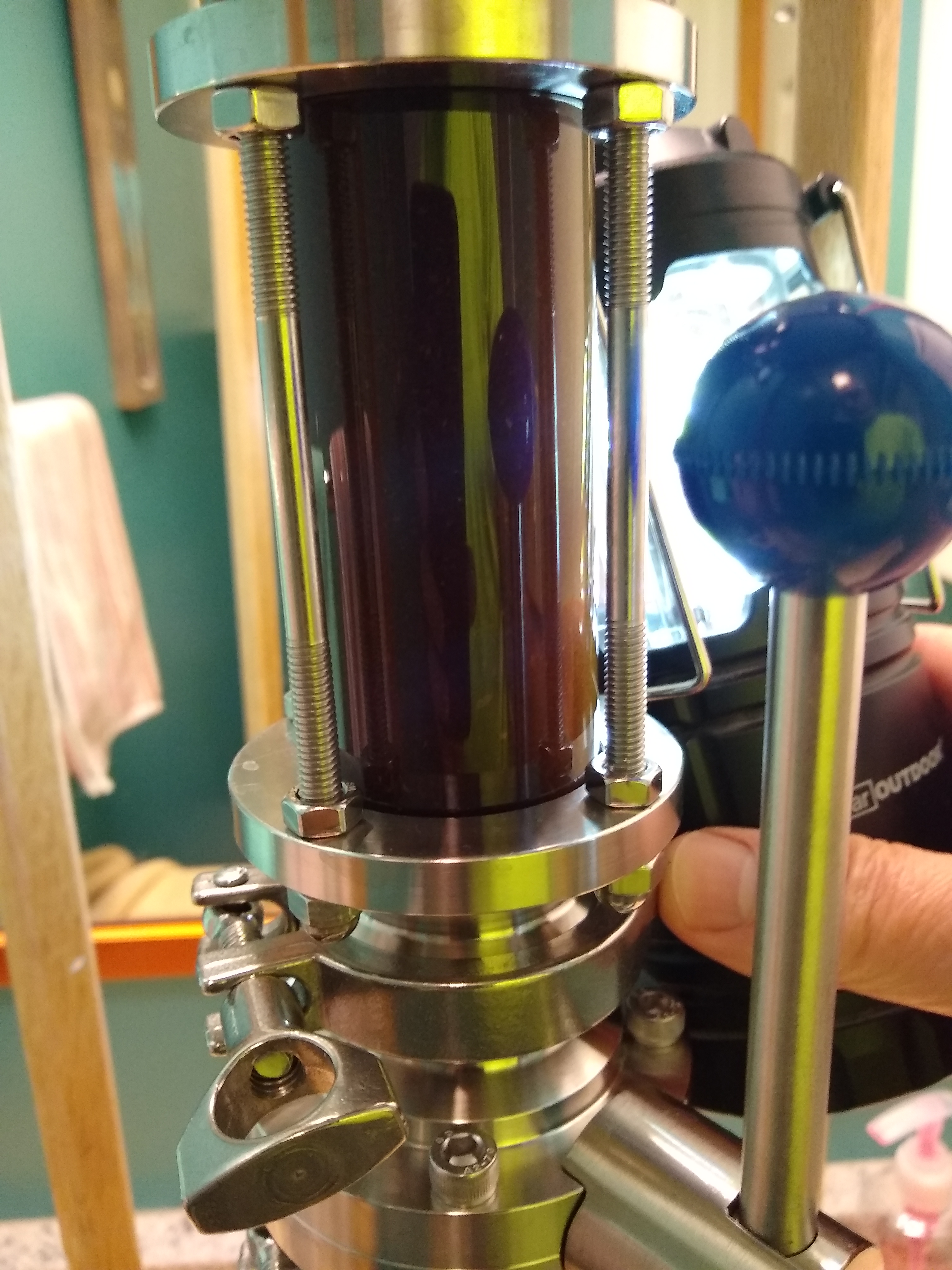hotbeer
Opinionated Newb
- Joined
- Mar 10, 2021
- Messages
- 3,090
- Reaction score
- 2,809
I made some invert sugar for a porter recipe I brewed today. Up until now, it's just something I only knew the name of. So I'm not sure what it's physical characteristics should be.
I used the procedures I found here...
https://www.homebrewersassociation.org/beer-food/invert-syrups-making-simple-sugars-complex-beers/
I was going for invert #3 which is the very dark. However I turned my back briefly at the wrong time and I think I went well beyond that as the temp shot up to 380°F. However it actually had some interesting tastes to it so I went ahead and used it in the porter.
My main question is how does invert sugar behave when it's cool? I thought it was going to be a thick gooey syrup, but what I made became a hard solid piece of sugar, much like a hard butterscotch candy... except for being on the darker side of blackish-red.
Any other pointers or just FYI on it will be appreciated.
I used the procedures I found here...
https://www.homebrewersassociation.org/beer-food/invert-syrups-making-simple-sugars-complex-beers/
I was going for invert #3 which is the very dark. However I turned my back briefly at the wrong time and I think I went well beyond that as the temp shot up to 380°F. However it actually had some interesting tastes to it so I went ahead and used it in the porter.
My main question is how does invert sugar behave when it's cool? I thought it was going to be a thick gooey syrup, but what I made became a hard solid piece of sugar, much like a hard butterscotch candy... except for being on the darker side of blackish-red.
Any other pointers or just FYI on it will be appreciated.
Last edited:





















































![Craft A Brew - Safale S-04 Dry Yeast - Fermentis - English Ale Dry Yeast - For English and American Ales and Hard Apple Ciders - Ingredients for Home Brewing - Beer Making Supplies - [1 Pack]](https://m.media-amazon.com/images/I/41fVGNh6JfL._SL500_.jpg)






